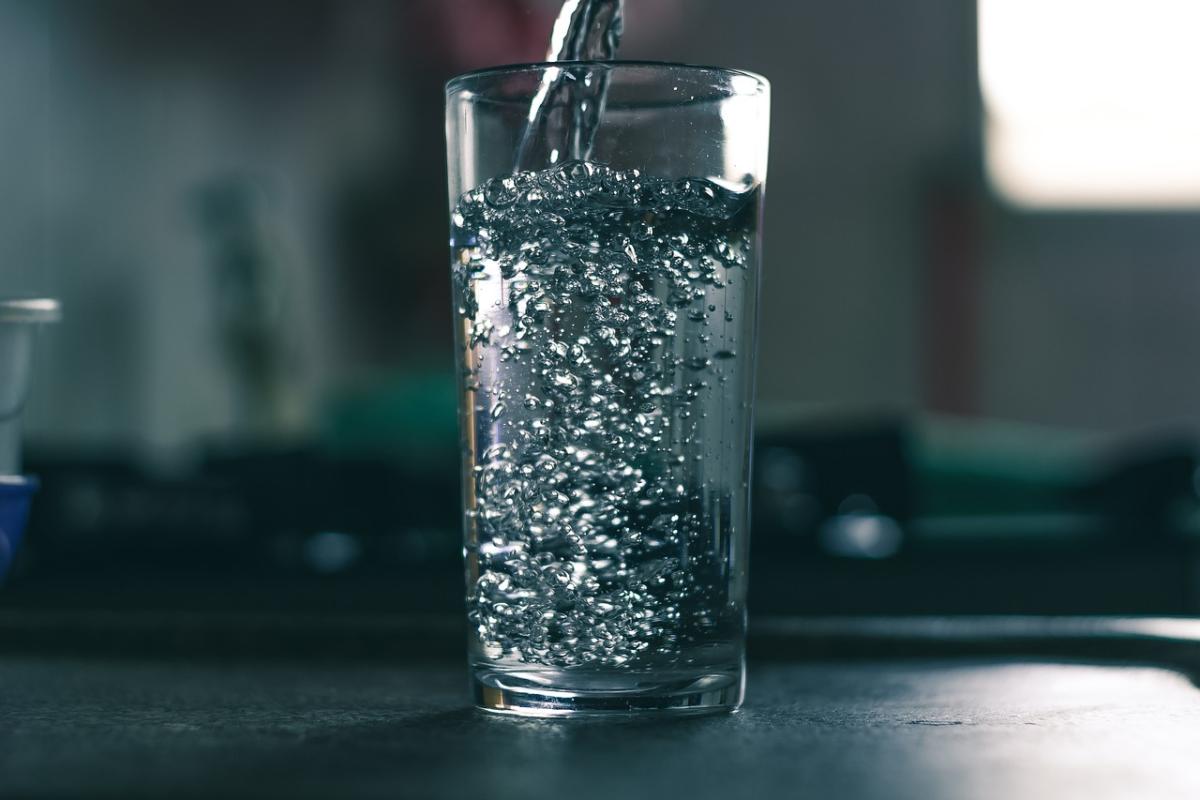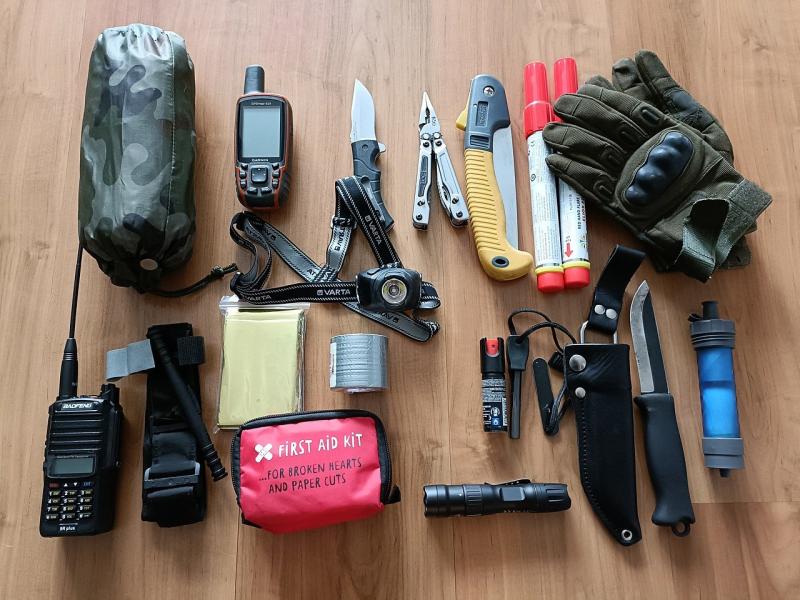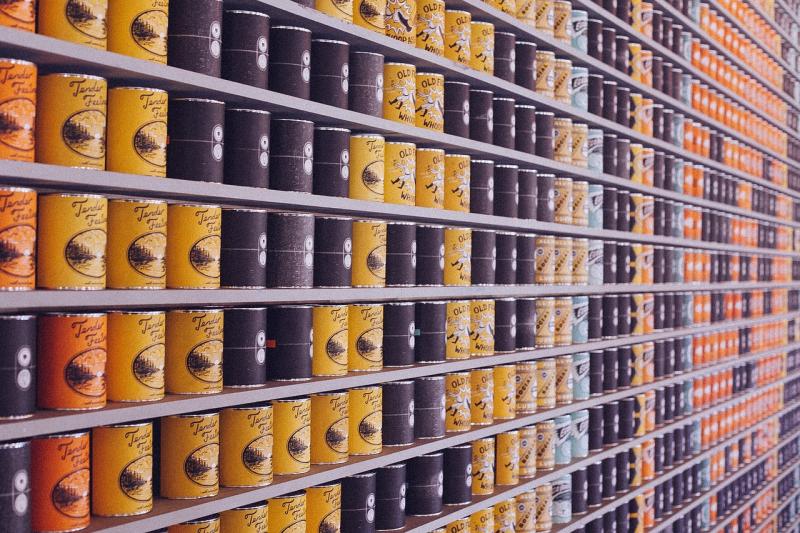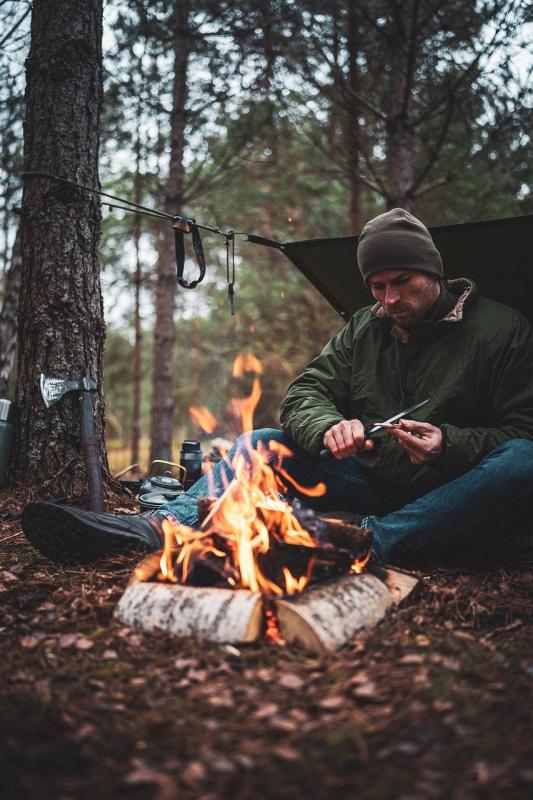When it comes to preparing for emergencies, water is a must-have in your supplies. You want something that's not just safe to drink but also versatile enough to meet various needs. Here are some of the best bottled water options for your emergency kit:
When stocking your emergency supplies, consider how much you need and the space available. Make sure to check expiration dates and rotate your stock regularly to keep everything fresh and ready to go!
Filtering Options for Clean Drinking Water
When it comes to ensuring clean drinking water, having the right filtering options is crucial. As preppers, we know that access to safe water can make all the difference in a crisis. Here are some key filtering options to consider for your prepper supplies.
1. Gravity Filters: These are simple and effective. You just fill the top reservoir with water, and gravity does the rest. They can remove bacteria, protozoa, and even some chemicals from your water. Great for camping or emergencies, they require no power and are easy to use.
2. Portable Water Filters: If you’re on the move, a portable filter is a must-have. Handheld filters, like straws, let you drink directly from streams or lakes. They’re lightweight, compact, and perfect for backpacking. Just make sure they are rated for pathogen removal!
3. UV Light Sterilizers: These nifty devices use ultraviolet light to kill viruses and bacteria. Just pour your water into a clean container, insert the UV stick, and let it work its magic for a few minutes. They’re effective and easy to pack but need batteries, so consider your power source!
Choosing the right filtering option depends on your situation and preferences. A mix of these methods can give you peace of mind knowing you’ll have access to clean water no matter what happens. Stay prepared and drink safe!
Water Storage Solutions for Preppers
When it comes to prepping, water is your best friend. You can live without food for a while, but without water? Not so much. That's why having reliable water storage solutions should be high on your prep list. Let's dive into some options that can help you stock up safely and effectively!
First up, you might want to consider water barrels. These are large, sturdy containers that usually hold anywhere from 50 to 200 gallons of water. They’re great for long-term storage and are often made from food-grade plastic, so you don’t have to worry about harmful chemicals leaching into your water. Plus, they’re stackable, making them perfect for those tight spaces in your garage or shed.
If you’re looking for something a bit more portable, collapsible water containers are a fantastic choice. These lightweight options can hold 5 to 10 gallons of water and are easy to fold up and store when not in use. They’re perfect for trips, or even just to keep in your car in case of emergencies. Just make sure they’re made from BPA-free materials for safety!
Another handy solution is water purification systems. These aren’t storage solutions per se, but they go hand-in-hand with your water prep. Having a good water filter or purification system means you can take water from lakes or streams and make it safe to drink. This expands your options for water sources significantly, and it’s a smart move for any prepper.
Lastly, don’t forget to stock up on water storage tablets or solutions. These are designed to treat and clean up water that you’ve stored, making sure it stays fresh and safe to use. They’re easy to use and can really give you peace of mind knowing your water supply is being taken care of.
Essential Water Purification Techniques
Boiling: This is one of the simplest and most effective methods. Just bring water to a rolling boil for at least one minute (three minutes at higher elevations). Boiling kills most bacteria, viruses, and parasites. It’s an old-school method that works every time!
Filtration: Using a good water filter can really up your game. Look for filters that remove bacteria and viruses. There are portable options for hiking, as well as larger systems for home use. When choosing a filter, make sure it’s suitable for the types of contaminants you’re dealing with.
Chemical Treatments: Chemicals like chlorine or iodine make for quick and simple purification. Just add the recommended amount to a container of water, give it a stir, and wait for about 30 minutes. This method might not be great for all situations, but it works well for small tasks or when you're short on time.
Solar Disinfection: If you have access to sunlight, you can use UV rays to kill pathogens. Fill a clear bottle with water and leave it in direct sunlight for about six hours. This method is gentle on the environment and great for warmer days. Just make sure the bottle is clean and free of scratches!



